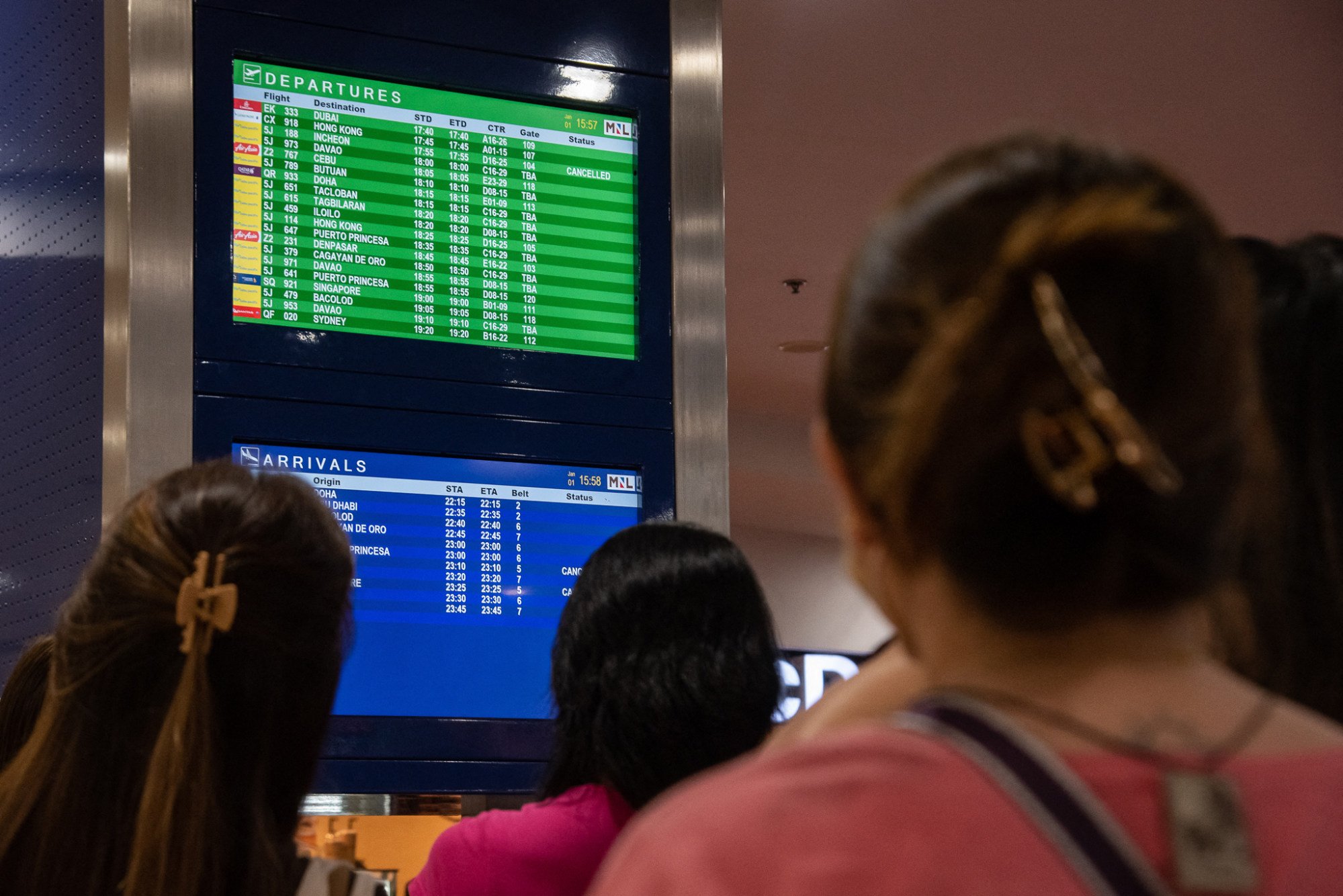“Our target is that by February 15, we are able to award this concession and sign the agreement a few weeks after that. [The] actual development is to start anytime between the second and third quarter this year,” John said, adding that commencement would depend on conditions for the handover of work between the government and the bid winner.
Philippines overtakes Malaysia, Vietnam to become fastest-growing Asean economy
Philippines overtakes Malaysia, Vietnam to become fastest-growing Asean economy
In second place is Manila International Airport Consortium, led by Global Infrastructure Partners which was recently acquired by US asset management firm BlackRock. The grouping, which includes six Filipino family conglomerates, proposes to share 25.91 per cent of revenue with the Philippine government.
The third contender, a consortium led by Philippine multinational corporation San Miguel Holdings Corp, has proposed to share up to 82.16 per cent of revenue with the government, which makes it the highest bidder. But such a high revenue-share model may stoke concerns about the business viability, though discussions with the government are yet to be finalised, sources said.
The fourth bidder, Asian Airports Consortium, failed to qualify in the technical evaluation, they added.

The China factor
South China Sea: Philippines alarmed by 200 Chinese vessels at Mischief Reef
South China Sea: Philippines alarmed by 200 Chinese vessels at Mischief Reef
However, the Philippines says bids for the Manila airport will not be influenced by bilateral ties.
“The NAIA airport PPP (Public Private Partnership) is intended to be a benchmark for demonstration to the market on how the Philippines government, in particular the Department of Transportation is going to develop, is going to tender out the other PPP projects in our pipeline,” John from the transport department said.
“Bilateral ties are not a factor in our selection criteria,” he added.

If India’s GMR Group is successful, it will be the firm’s third airport project in the Philippines. In 2014, it won the tender to develop and operate the Mactan-Cebu International Airport, and in 2019 it was awarded the project to expand Clark International Airport.
Mayur Patel, head of Asia at OAG Aviation, said the Manila airport needed to be spruced up because peak-hour flights were inevitably delayed.
“If you look at the Philippines from a strategic hub perspective, it is actually sitting in a very good location. It’s right in the middle of Southeast Asia, Australia and Japan. But it’s never been utilised properly,” he said.
The upgraded airport is expected to serve at least 60 million passengers annually from its current peak of 48 million. The winning bidder will be given a concession period of 15 years initially, with an extension of another 10 years on the card.
GMR International Airports CEO Puvan Sripathy last Friday said the Manila Airport was the “crown jewel” of Philippines aviation, but was in “real bad shape”.
“Manila is a capital city airport [and] the demand is always there. Even after the pandemic, Manila recovered much faster than any other airports in the Philippines,” Sripathy pointed out.

If GMR wins the bid, the project will be the largest international airport the group will develop outside India, where it is the airport operator in the capital Delhi. Airports de Paris, the operator of three airports in Paris, plans to buy a 49 per cent stake in GMR Airports.
The Philippines already has seven regional airports that are in various stages of evaluation, with different proposals having been submitted by developers, besides a plan to work on other airport development in the country, according to John.
“One of the biggest industries that we are targeting is, of course, tourism. The Philippines has arguably a lot more tourism destinations than some of our neighbouring countries that are enjoying higher traffic, because we are unable to maximise our connections to the rest of the world,” he said.
“What we are expecting is that by expanding our capacity of the main gateway we are able to not just expand more of the connections, but we are also able to improve service levels and encourage higher tourism inflows,” he added.
Philippines to develop occupied islands in South China Sea amid China tensions
Philippines to develop occupied islands in South China Sea amid China tensions
The success of the Manila airport project will be pivotal to several other infrastructure projects in the pipeline.
The government is looking to build an additional international container port at Cebu, award operations and maintenance concessions for two of its largest railway lines that are being built and two others which are operational. It is also looking for interested parties to operate and maintain a bus project in Davao that is being financed by the ADB, and a bus project in Cebu being financed by the World Bank. The country is also building a nationwide automated fare collection system, among a host of projects.
Some of these projects will be developed with private-sector partners, while others will be with bilateral partners, John said.
“We are looking to deliver most of the projects during the term of our current President [Ferdinand] Marcos Jnr, whose term is up in 2028,” he said.

